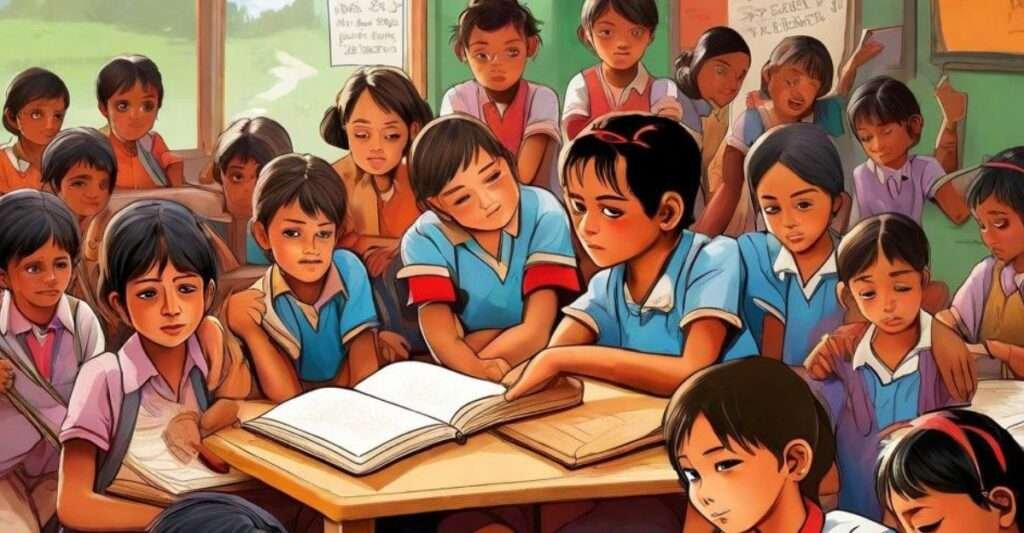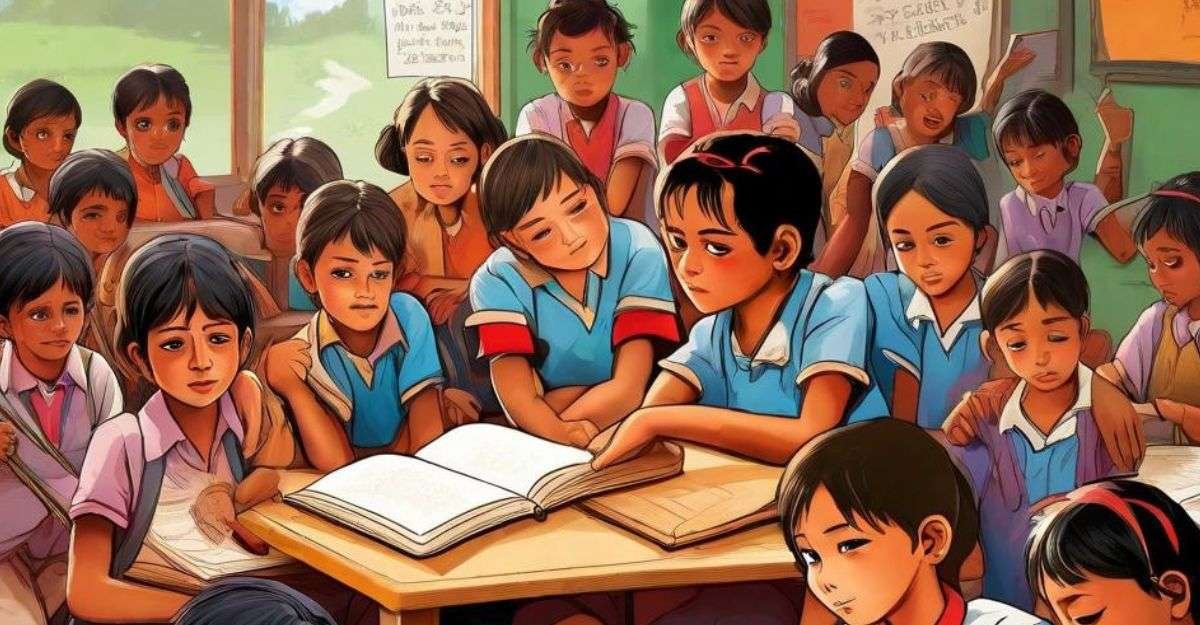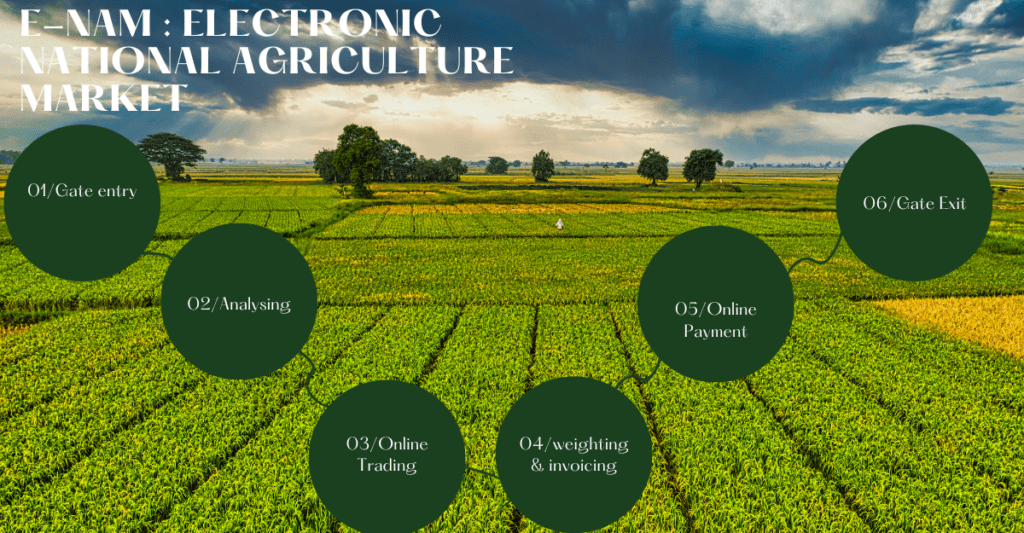
Introduction
In the vibrant tapestry Right to Education Act in the Indian Constitution stands as a cornerstone, weaving a narrative of inclusivity and empowerment. As we delve into the intricacies of this constitutional provision, we uncover a profound commitment to fostering knowledge and eradicating barriers to learning.
Understanding the Genesis
Historical Context
The Right to Education, enshrined in Article 21-A of the Indian Constitution, emerged as a response to historical disparities in educational access. It marks a decisive step towards realizing the vision of a literate and enlightened nation.
Constitutional Mandate
The framers of the Indian Constitution recognized education not merely as a privilege but as an inherent right. The inclusion of the Right to Education in the directive principles underscores its pivotal role in shaping a just society.
Key Provisions of the Right to Education Act
Universal Access
The Right to Education Act, enacted in 2009, ensures free and compulsory education for all children aged 6 to 14 years. This landmark legislation strives to eliminate the barriers that hinder educational access, especially for marginalized communities.
Quality Education
Emphasizing not only access but also quality, the Act underscores the significance of providing education that is not just obligatory but enriching. Quality benchmarks set by the Act aim to elevate the standard of education across the nation.
Inclusive Practices
In the spirit of inclusivity, the Right to Education Act recognizes the diverse needs of learners. Special provisions cater to children with disabilities, ensuring that education is a realm open to all, irrespective of physical or cognitive differences.
Challenges and Solutions
Infrastructural Gaps
While the Right to Education Act lays a robust framework, challenges persist, particularly in bridging infrastructural gaps. Addressing these challenges requires a concerted effort from policymakers and educational institutions alike.
Digital Divide
The digital age brings new challenges, and the digital divide threatens to exacerbate educational inequalities. Initiatives promoting digital literacy and equitable access to technology become imperative to navigate this evolving landscape.
Impact on Societal Progress
Empowering Communities
Education is not merely a personal endeavour; it is a catalyst for societal progress. The Right to Education empowers communities by equipping individuals with the tools to contribute meaningfully to the nation’s growth.
Economic Implications
A well-educated populace is an economic asset. The Act, by ensuring widespread education, lays the foundation for a skilled workforce, fostering innovation and economic development.
The Road Ahead
Continuous Evolution
As we navigate the complexities of the modern world, the Right to Education must evolve to meet emerging challenges. Continuous evaluation and adaptation are crucial to ensuring its relevance in shaping the educational landscape.
Community Engagement
Realizing the full potential of the Right to Education necessitates community engagement. Collaborative efforts between government bodies, educational institutions, and communities can pave the way for a more inclusive and effective education system.
Conclusion
In conclusion, the Right to Education in the Indian Constitution is not merely a legal provision; it is a commitment to building a knowledge-driven, egalitarian society. As we champion this cause, recognizing the challenges and working collectively towards solutions, we contribute to a brighter, more educated future for all.
Frequently Asked Questions (FAQs)
- What is the Right to Education Act?
- The Right to Education Act is a landmark legislation in India that guarantees free and compulsory education for children between the ages of 6 and 14.
- What are the main provisions of the Act?
- The Act ensures free and compulsory education, transparent admission processes, and sets standards for infrastructure and teacher quality.
- How has the Act impacted education in India?
- The Act has increased enrollment rates and fostered inclusivity, but challenges like resource allocation and quality disparities still exist.
- What criticisms does the Act face?
- Some argue that the Act places an undue burden on private institutions, sparking debates on the balance between public and private interests.
- How can individuals contribute to the success of the Act?
- Individuals can contribute by volunteering, supporting educational initiatives, and advocating for policy improvements.




